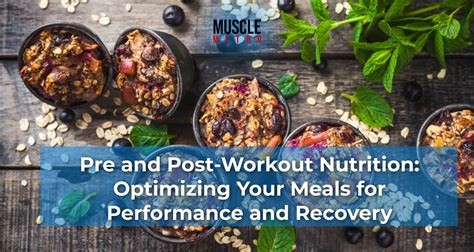Maximize post-workout recovery for sustained energy & strength gains?
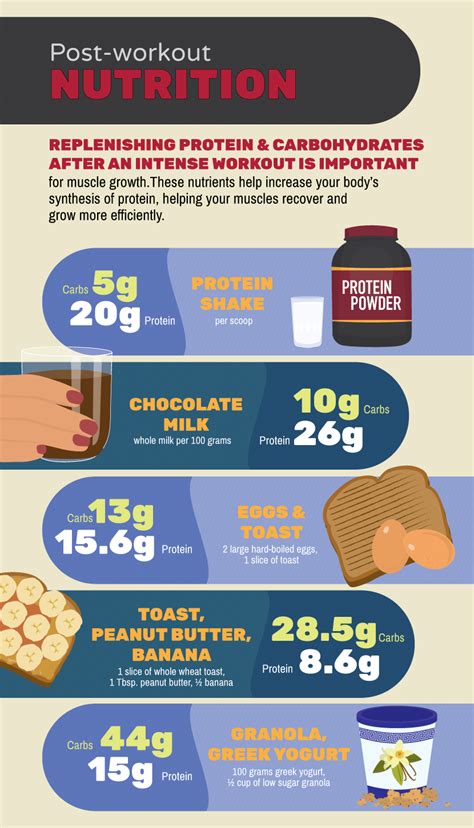
The Undeniable Importance of Post-Workout Recovery
You push your limits in the gym, lift heavier, run faster, and sweat profusely, all in pursuit of a stronger, fitter you. But the magic doesn’t happen during the workout itself; it’s in the hours and days that follow. Post-workout recovery is not merely a break; it’s a critical, active phase where your body repairs, rebuilds, and adapts, preparing you for the next challenge and enabling sustained progress. Neglecting this crucial aspect can lead to plateaus, fatigue, injury, and a frustrating halt to your gains.
Optimal recovery ensures that the micro-tears in your muscles are mended, glycogen stores are replenished, and your nervous system recalibrates. It’s the engine of growth, translating your hard work into tangible improvements in strength, endurance, and overall well-being. Without it, you’re essentially driving a high-performance car without refuelling or maintenance.

Pillars of Optimal Recovery
1. Prioritize Nutrient Timing and Intake
What you consume post-workout is paramount. The “anabolic window,” while perhaps not as rigid as once thought, still emphasizes timely nutrient delivery. Protein is essential for muscle repair and synthesis, ideally consumed within a few hours after training. Aim for 20-40 grams of high-quality protein from sources like lean meats, eggs, dairy, or plant-based alternatives.
Carbohydrates are equally vital. They replenish glycogen stores, which are your body’s primary energy source during exercise. Complex carbohydrates like whole grains, fruits, and vegetables should be incorporated to refuel your energy reserves. Don’t forget hydration; sweat loss can be significant, so sip water throughout the day and ensure electrolyte balance, especially after intense sessions.
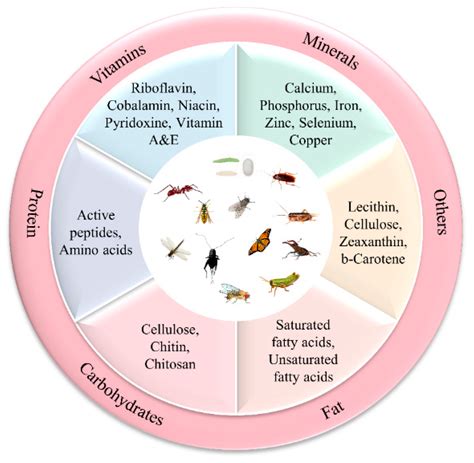
2. Harness the Power of Sleep
Often overlooked, sleep is arguably the most powerful recovery tool at your disposal. During deep sleep cycles, your body releases growth hormone, which is crucial for muscle repair and growth. Aim for 7-9 hours of quality sleep per night. Poor sleep can elevate cortisol levels (the stress hormone), which can hinder muscle repair and even lead to muscle breakdown. Prioritize creating a conducive sleep environment and a consistent sleep schedule.
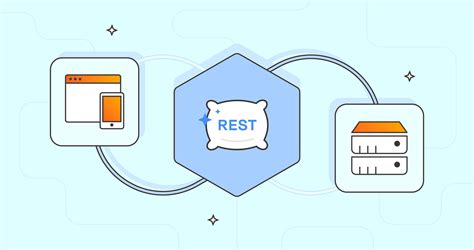
3. Embrace Active Recovery and Mobility
While rest days are essential, complete inactivity isn’t always the best approach. Active recovery, such as light walks, cycling, or swimming, can help increase blood flow to muscles, delivering nutrients and flushing out metabolic byproducts without adding significant stress. Incorporating stretching, foam rolling, and mobility exercises can improve flexibility, reduce muscle soreness, and prevent stiffness, contributing significantly to long-term joint health and movement efficiency.

4. Manage Stress and Listen to Your Body
Beyond physical exertion, emotional and mental stress can also impede recovery. High stress levels lead to elevated cortisol, counteracting the body’s repair processes. Practicing mindfulness, meditation, or simply taking time for hobbies can help manage stress. Crucially, learn to listen to your body. Recognize signs of overtraining, persistent fatigue, or unusual soreness, and don’t hesitate to take an extra rest day or modify your workout intensity. Pushing through pain can be counterproductive and lead to injury.
The Long-Term Rewards: Sustained Energy & Strength Gains
By consistently implementing these recovery strategies, you’re not just preventing burnout; you’re actively optimizing your body for continuous improvement. Proper recovery translates directly into more energy for your next workout, allowing you to maintain intensity and consistency. This consistency is the bedrock of sustained strength gains. When your muscles are adequately repaired and energy stores are full, you’re more likely to break through plateaus, achieve personal bests, and enjoy a higher overall quality of life and athletic performance. It’s an investment that pays dividends in every aspect of your fitness journey.
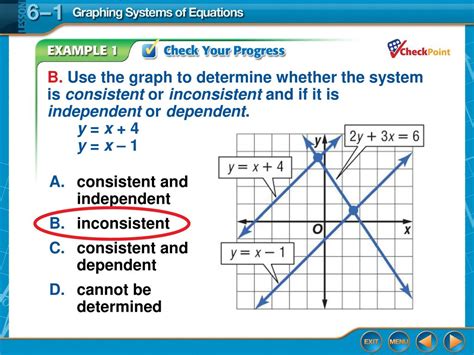
Conclusion: Make Recovery Your Training Partner
Treat recovery not as an afterthought, but as an integral and non-negotiable component of your fitness regimen. Just as you plan your workouts, plan your recovery. By prioritizing nutrient-rich meals, quality sleep, active recovery, and stress management, you empower your body to heal, grow, and adapt. Embrace recovery, and unlock your true potential for sustained energy, impressive strength gains, and a resilient, high-performing physique.




